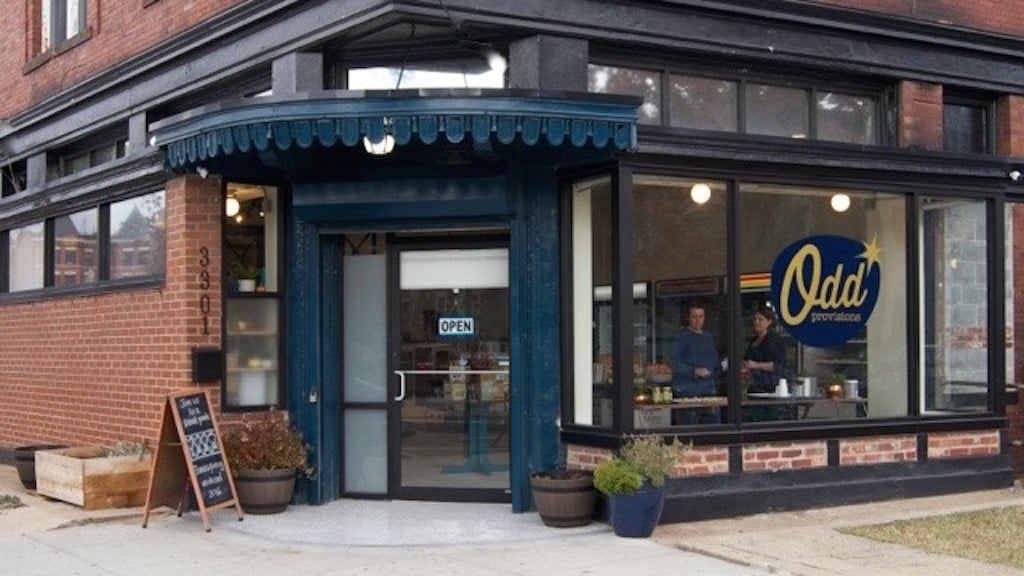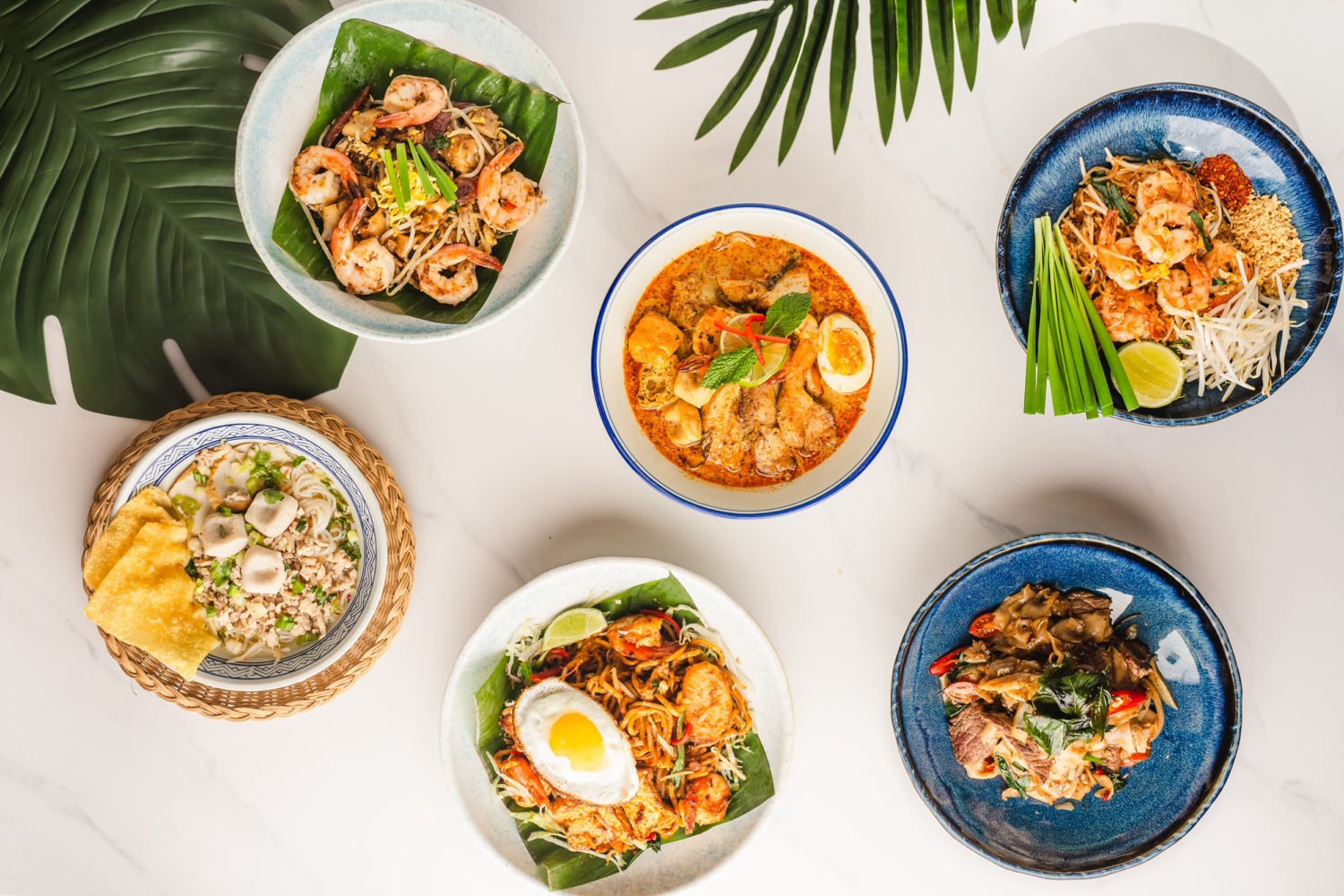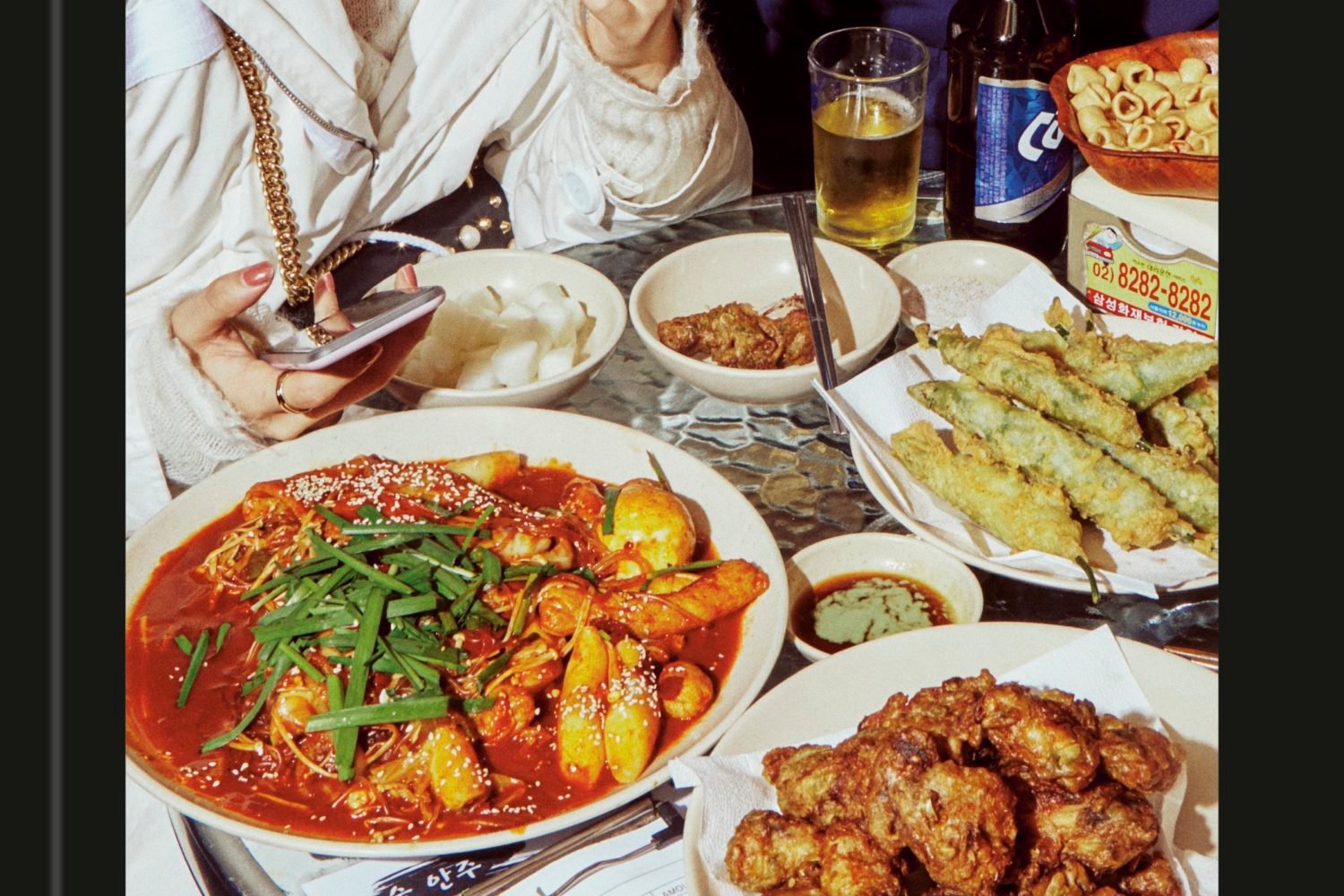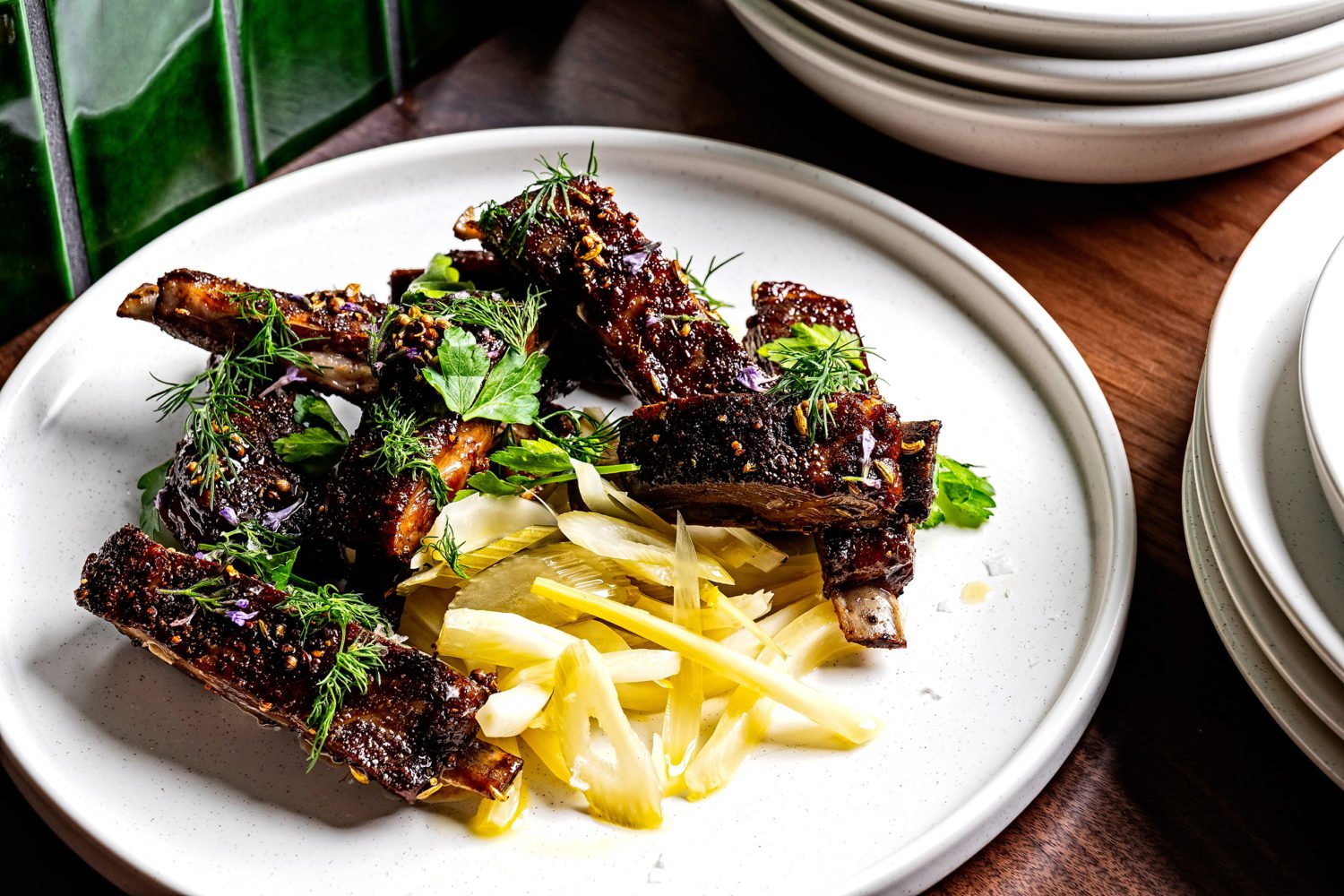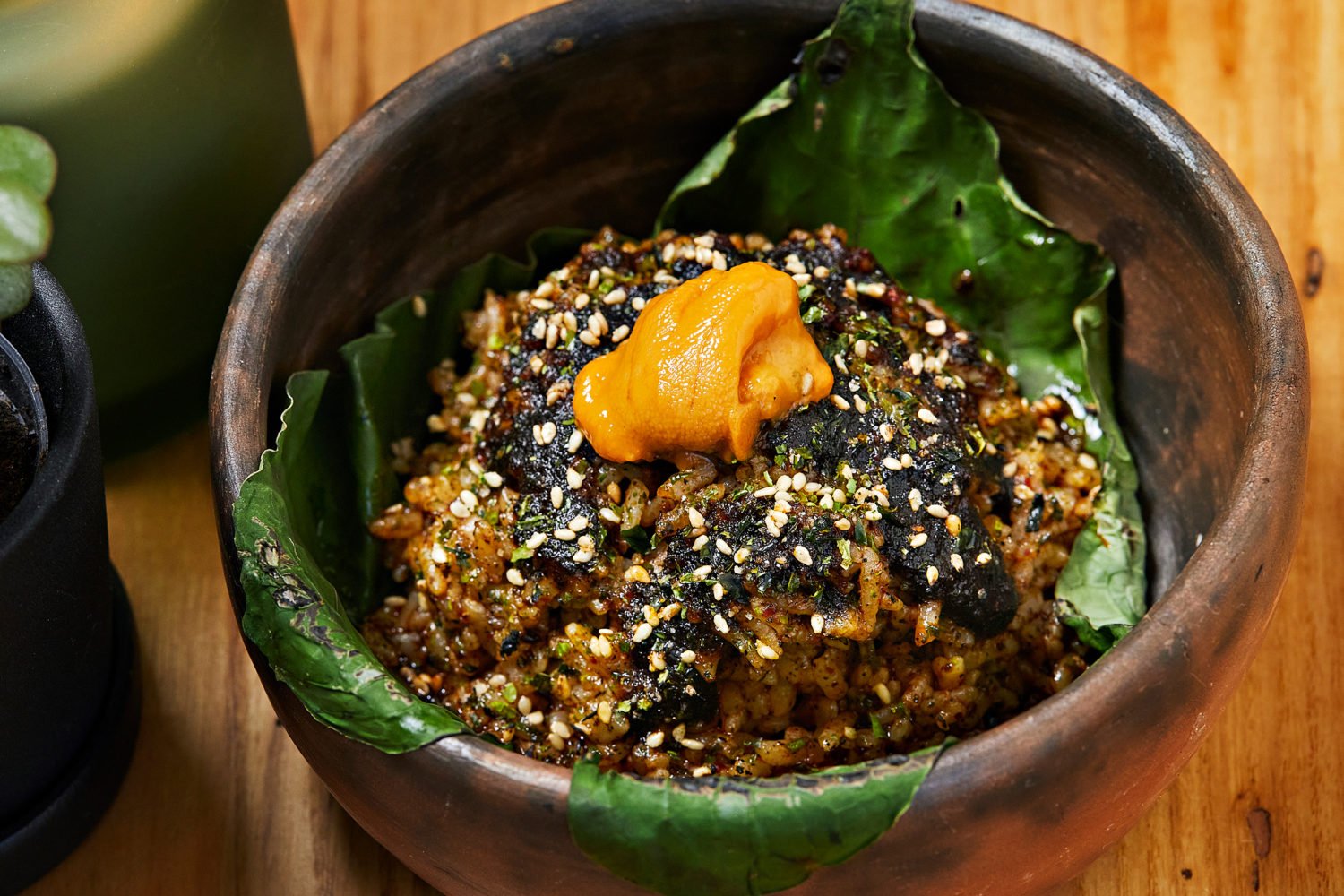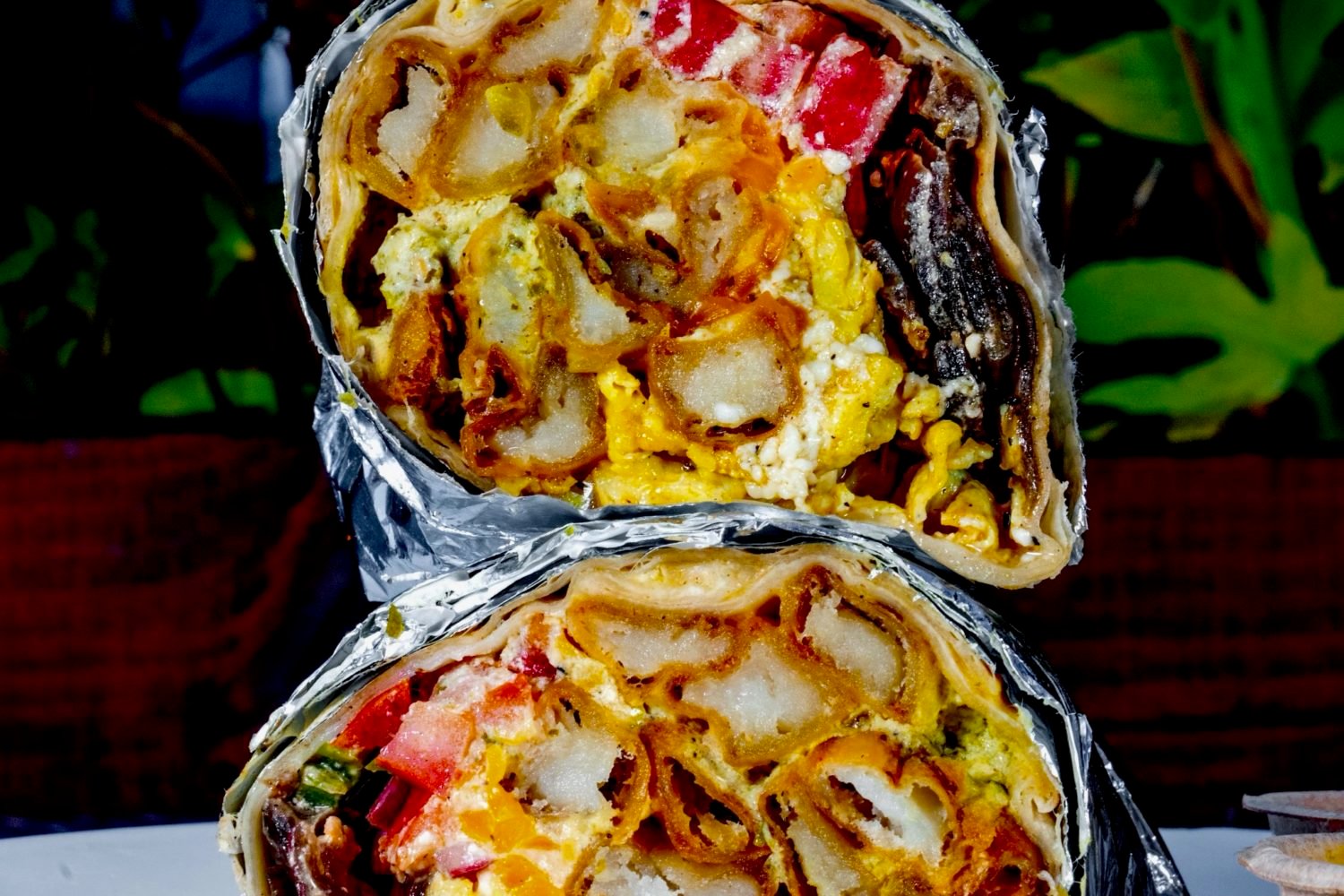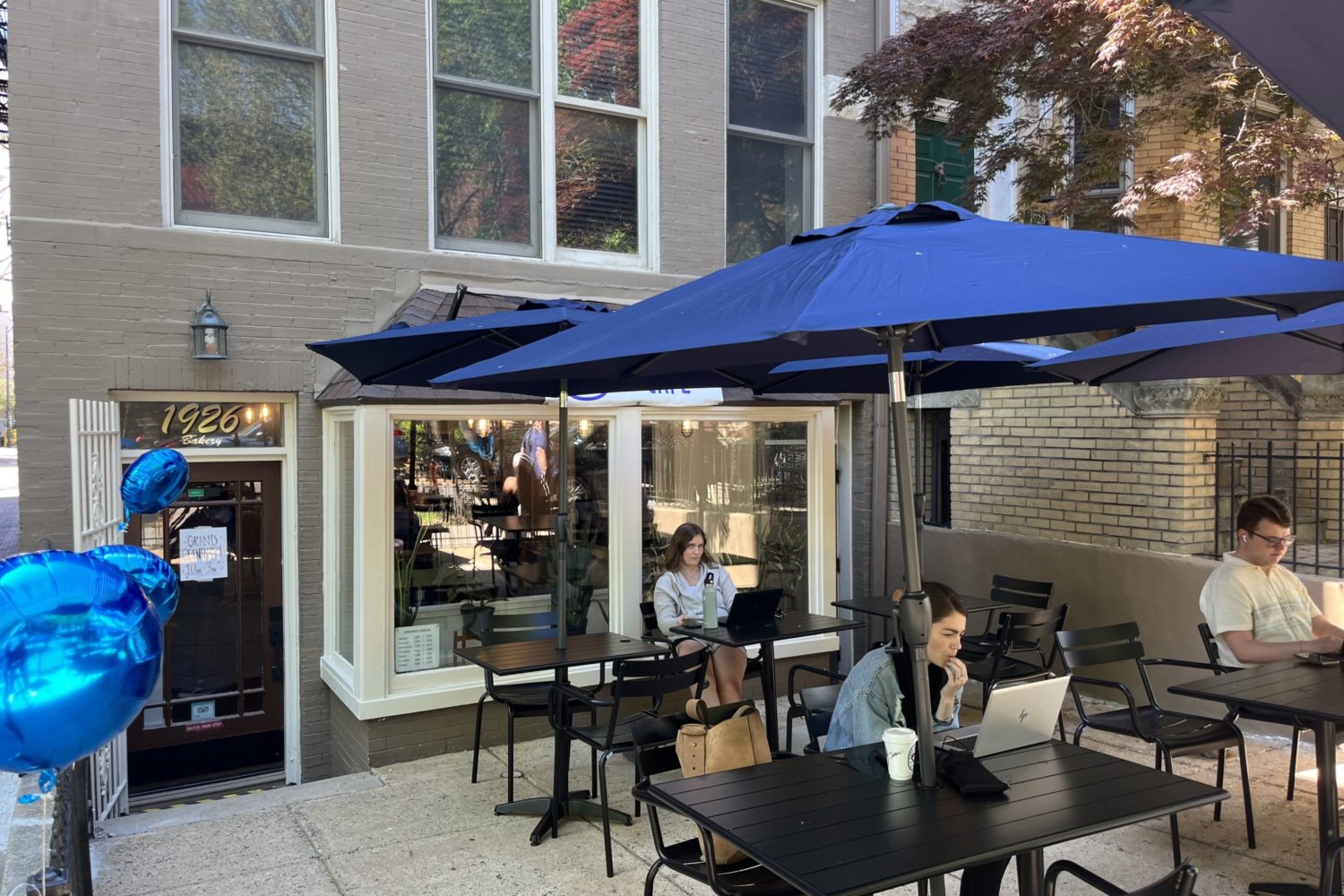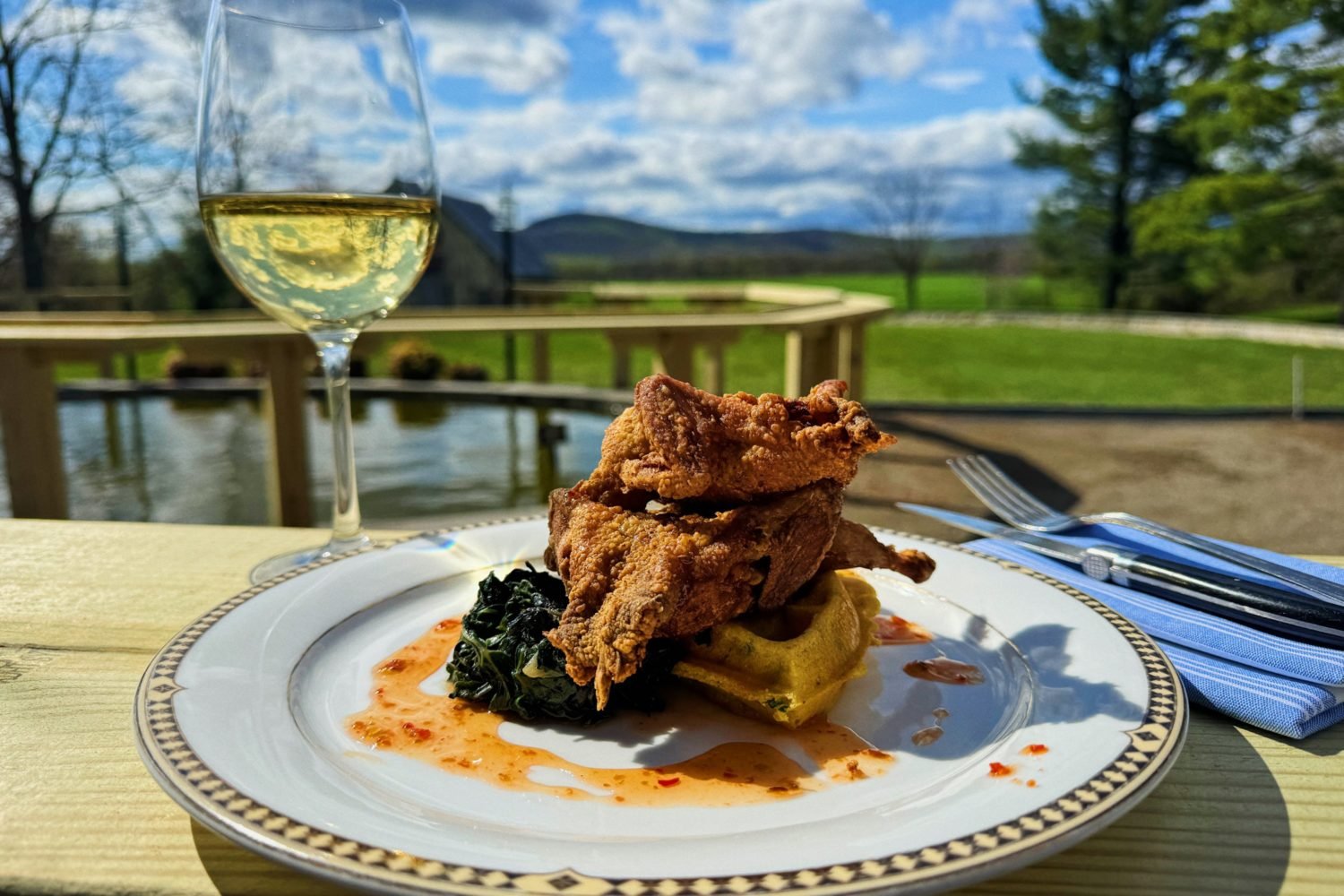“This doesn’t feel like Washington.”
Heard that said of a local restaurant? The neighborhood wine bar Cork is frequently likened to something from San Francisco; Zaytinya, José Andrés’s mezzeteria, gets pegged for LA; Ann Cashion’s Johnny’s Half Shell is often described as a slice of old N’awlins.
So what does feel like Washington? The city isn’t just stuffy steakhouses anymore.
To get a good sense, take a walk down DC’s 14th Street, Northwest, between U Street and Rhode Island Avenue. Filled with lofts and condos, this corridor off Logan Circle has become perhaps the hottest dining zone in the area, filling up with adventurous bistros and cafes.
In the last year it’s become home to artisanal coffee and gelato shops, a pasta-and-pizza trattoria helmed by the chef at Tosca, and a gourmet/wine/takeout-market spinoff of Cork, among other endeavors. Chef and sustainability advocate Barton Seaver will open a fish market/restaurant there in late spring. A few blocks down 14th, Proof owner Mark Kuller is planning a Spanish joint serving pintxos (like tapas but smaller).
But the two most eagerly anticipated restaurants on 14th Street—Masa 14 and Birch & Barley—opened within days of each other in the fall.
Masa 14 is the creation of New York–based chef Richard Sandoval (Penn Quarter’s Zengo, Tysons Corner’s La Sandía) and chef Kaz Okochi, proprietor of downtown DC’s Kaz Sushi Bistro. The match has an air of inevitability to it: Sandoval has built a career on Latin/Asian fusion, while Okochi seems to get his kicks from gussying up sushi with Western accents.
The collaboration has resulted in a restaurant of stark brick walls, deafening sound, and throngs of customers—a place where even weeknights feel like Saturday.
The small plates turn up big flavors, and there are sometimes wonderful surprises. Calamari is coated in masa and panko; mussels open in a chipotle-and-miso broth. Crunchy shrimp—marinated in soy sauce, fried, then tossed in chipotle aïoli, teriyaki sauce, and green onions—are easy to love. Octopus has become as ubiquitous as butternut-squash soup on winter menus, but you’ll find one of the best versions here: whole baby octopuses slow-cooked in soy and dashi, then marinated in chimichurri. Not a rubbery bite on the plate.
And finally you can get a good Chinese-style pork bun. Here it’s served in the form of pork-belly “tacos” with slow-roasted fatty pork nestled in airy buns, which take the place of tortillas. Another luscious indulgence: long-braised Wagyu brisket over whipped potatoes.
This is a big menu, with misses as well as hits. Pork belly roasted and braised carnitas style tastes more of fat than of anything else. Flatbreads are a disaster, with flimsy crusts holding, among other things, dried-out chicken in peanut sauce or an odd jumble of sashimi-style tuna and wasabi aïoli. Beef-and-pork meatballs are grainy and cloaked in a too-smoky tomato sauce. Miso-marinated black cod was left under the broiler too long; a barbecue-eel handroll was heavier on rice than on flavor.
Desserts are an afterthought, but if you’re craving something sweet, go for the cool mango panna cotta. Far more attention is paid to the cocktails, which can be refreshing—try the Patrón Paloma, a mix of tequila and grapefruit soda—but also syrupy, as was the case with a traditional mojito. The bar runs nearly the length of the restaurant and, with the lounge, seats 74. And if you don’t like one tequila, you can try one of 129 others.
At Birch & Barley, drinks—especially beers—are the driving force. The first thing you see in the dining room is an organ-like row of pipes reaching up to kegs on the second floor. The beer menu lists 555 varieties from 30 countries, including 50 drafts and five cask ales; because the cask ales are unfiltered and unpasteurized, the bubbles form naturally, not from a carbon injection. It’s all curated by beer director Greg Engert, who makes sure each brew is served in the right glass at the right temperature.
The restaurant is the first DC venture for the Virginia-based Neighborhood Restaurant Group (Tallula, Rustico, Vermilion, Evening Star Cafe)—and the most ambitious. The kitchen for both the dining room and for ChurchKey, the more casual upstairs bar, is presided over by two Manhattan imports, chef Kyle Bailey and pastry chef Tiffany MacIsaac, Bailey’s wife.
Downstairs, where reservations are tough to come by unless you don’t mind dining after 9, the menu reaches higher—and is more expensive—than on the second floor. Meals start with a free flourish, a wooden board holding three excellent breads—kalamata-olive rolls, multigrain cranberry bread, and warm pretzel knots. (Upstairs, the tray costs $5.50.) The flatbreads also tend to be good, whether topped with figs, prosciutto, and Gorgonzola; veal-neck sausage and mushrooms; or a BLT-inspired mess of bacon, roasted tomatoes, and arugula.
After that, things get iffy. The menu can be misleading: An $11 appetizer of “scallops” brought just one, and an order of beignets yielded a single fritter. A shaved-fennel-and-apple salad was a pile of blandly dressed greens with three translucent slices of apple. A tartare of Arctic char was dominated rather than accented by black sesame seeds.
Bailey’s cooking has to stand up to the beer, and much of it is rich. A runny fried duck egg gets a nice hit of vinegary frisée; crisply cooked skate stuffed with radicchio and served in a Parmesan broth eats like a piece of meat. The most memorable and original dish—a bratwurst burger layered with sauerkraut—arrives on a house-made bun along with a heap of excellent fries.
Upstairs at ChurchKey, the menu is more laid-back and geared toward sharing. It relies heavily on the fry basket, which can produce delicious skewers of shrimp “corn dogs” and light, crunchy tater tots. It can also turn out chicken-fried sweetbreads that sound intriguing but arrive as fried nubs with all creaminess and flavor obliterated by the thick coating. Arancini, the trendy little balls of risotto, were plain-tasting and not helped by a dull butternut-squash purée. “Green eggs and ham” turned out to be three deviled eggs, overcooked and oversalted.
Bailey may need time to get his kitchen on track, but fluky food hasn’t kept the crowds at bay, especially at ChurchKey, which even on a Tuesday night can feel like a packed college bar taken over
by thirtysomethings. The 14th Street corridor may not yet be foodie nirvana, but interesting midprice places that have flooded the neighborhood prove one thing: There’s plenty of room to thrive between El Pollo Rico and Citronelle.
This review appears in the February, 2010 issue of The Washingtonian.






